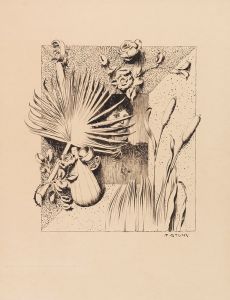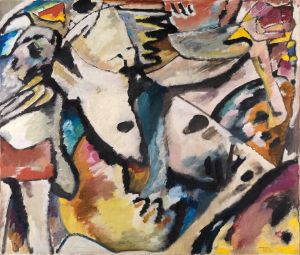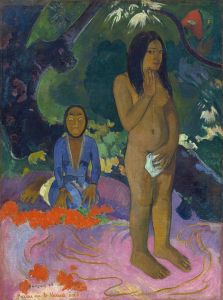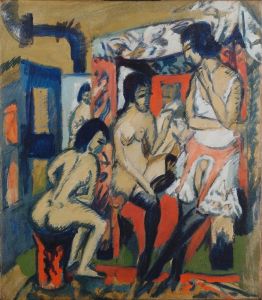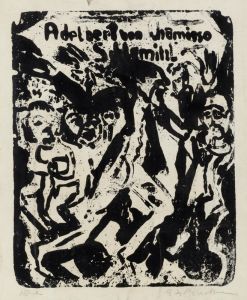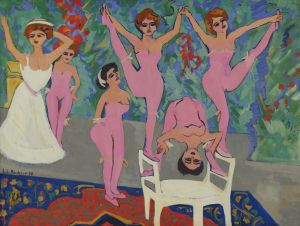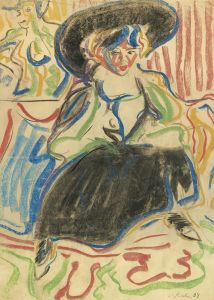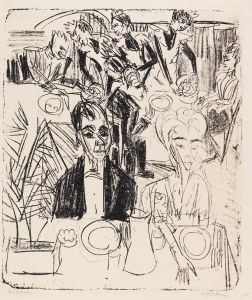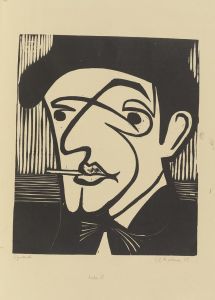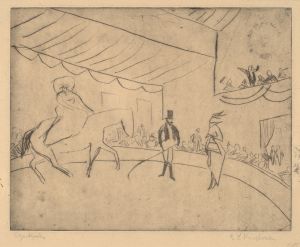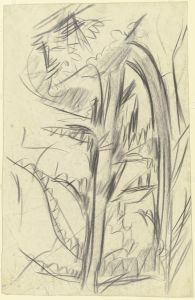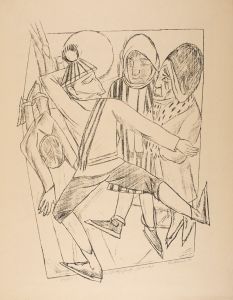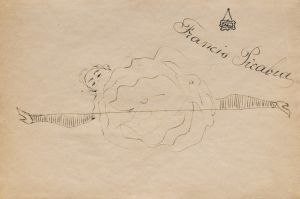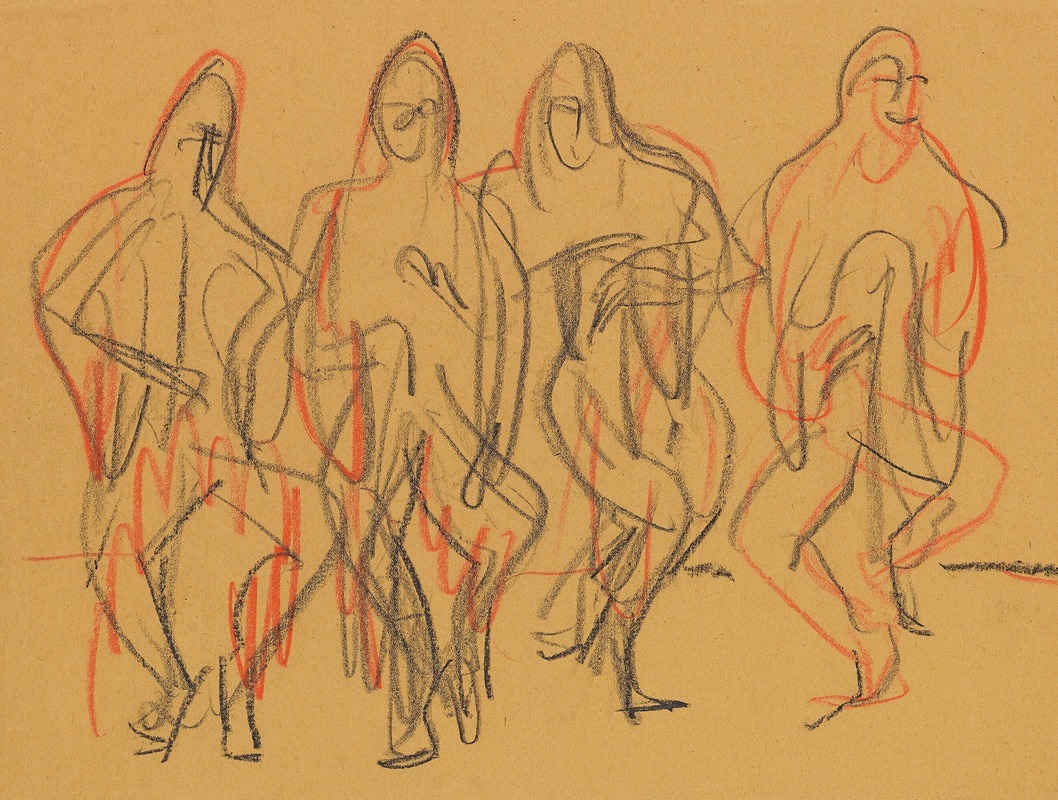
Wigman – Tanz
A hand-painted replica of Ernst Ludwig Kirchner’s masterpiece Wigman – Tanz, meticulously crafted by professional artists to capture the true essence of the original. Each piece is created with museum-quality canvas and rare mineral pigments, carefully painted by experienced artists with delicate brushstrokes and rich, layered colors to perfectly recreate the texture of the original artwork. Unlike machine-printed reproductions, this hand-painted version brings the painting to life, infused with the artist’s emotions and skill in every stroke. Whether for personal collection or home decoration, it instantly elevates the artistic atmosphere of any space.
Ernst Ludwig Kirchner, a prominent German expressionist painter and one of the founding members of the art group Die Brücke, created the painting Wigman – Tanz (translated as Wigman – Dance). This artwork reflects Kirchner's fascination with modern dance and his engagement with contemporary cultural movements during the early 20th century. The painting is believed to depict Mary Wigman, a pioneering figure in modern dance and a key proponent of Ausdruckstanz (expressive dance) in Germany.
Kirchner's artistic style is characterized by bold colors, dynamic compositions, and expressive forms, all of which are evident in Wigman – Tanz. The painting captures the energy and emotion of Wigman's dance, emphasizing movement and rhythm through exaggerated lines and vibrant hues. Kirchner's use of angular forms and distorted perspectives aligns with the expressionist movement's goal of conveying emotional intensity rather than realistic representation.
Mary Wigman was a revolutionary dancer and choreographer whose work broke away from classical ballet traditions. Her performances often explored themes of human emotion, spirituality, and the subconscious, resonating with the expressionist ideals that Kirchner and his contemporaries embraced. The collaboration or mutual inspiration between Kirchner and Wigman highlights the interdisciplinary connections between visual art and performance during this period.
The exact date of the painting's creation is not definitively documented, but it likely falls within the early 20th century, a time when Kirchner was actively producing works inspired by urban life, modernity, and cultural innovation. Kirchner's interest in dance and movement is a recurring theme in his oeuvre, as seen in other works that depict dancers, cabaret scenes, and theatrical performances.
Today, Wigman – Tanz is regarded as an important example of Kirchner's exploration of modern dance and its expressive potential. The painting exemplifies the synergy between visual art and performing arts in the expressionist movement, capturing the spirit of experimentation and emotional depth that defined the era. The artwork is housed in a private collection or museum, though specific details about its current location are not widely available.
This painting serves as a testament to the cultural vibrancy of early 20th-century Germany and the enduring legacy of both Ernst Ludwig Kirchner and Mary Wigman in their respective fields.






